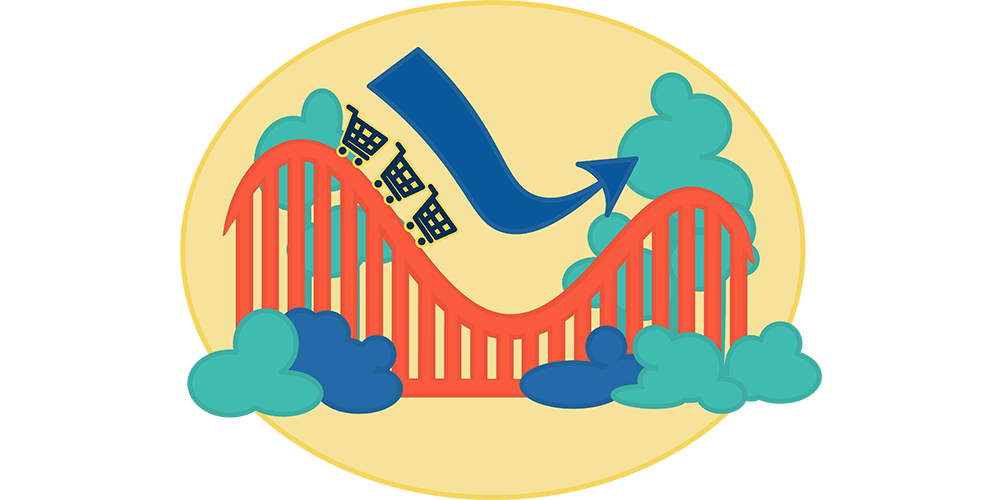What Causes Seasonal Demand?
It’s a new year. We’ve just come out of the holiday season, and you know what that means… It’s time to start planning for this year’s holidays!
With the holidays and seasons come highs and lows in demand. Understanding exactly when these peaks and valleys come is essential to your business, and it is never too early to start preparing for them.
These trends in the market are known as “seasonal demand.”
When it comes to seasonal demand, a “season” can refer to either an actual natural season (spring, summer, fall, winter), or it can refer to a manmade “season,” such as the winter holiday season or spring cleaning.
During these seasons, whether manmade or otherwise, consumer demand fluctuates as people put different priorities on the types of items they are buying.
Marketing also has an effect on seasonal demand. There are certain times of the year when brands may offer special sales or benefits, such as end-of-season sales.
What Are the Most Common Seasonal Demand Trends?
Natural seasons account for many changes in consumer demand.
For example, at the beginning of summer, products that help people stay cool during the hot months become extremely popular. There is a rise in the demand for pool accessories, swimwear, popsicles, etc.
During the Fall, consumers will switch to purchasing warm drinks (who doesn’t love a good PSL?), scarves, boots, heaters, and anything else to help them enjoy and prepare for the cool months.
Manmade holidays also cause a lot of changes in demand. In February, there is a notable rise in the demand for flowers and candy, whereas toy sales go up in the later months of the year.
It is essential to identify these seasonal fluctuations in demand and how they affect your business.
How Do Seasonal Demand’s Impact My Business?
For better or worse, seasonal fluctuations in demand will make a big impact on your business. It brings many challenges, but it can also bring about massive benefits if you forecast demand properly.
Obviously, while demand for certain items is high, that is the best time to sell as many of those items as possible. It is important to take advantage of peaks in demand to maximize sales.
Seasonal demand is often predictable because the same seasons occur annually. Because you should know which of your products sell best during certain seasons, you should be able to predict what products to stock up on ahead of time.
For example, if you are a fashion e-commerce business, and you sell a variety of clothes in your online shop, you will probably find an increase in consumer spending on swimwear during the summer months. Armed with this knowledge, you can prepare for these sales by beefing up your swimwear inventory ahead of time.
Predicting when these spikes in sales will occur will also benefit your company’s marketing strategies. It will allow plenty of time to decide what advertising and marketing campaigns will work best, and when to launch them. It will take the guessing game out of
With the benefits also comes many challenges, especially if you do not know how to prepare for the coming peaks and valleys in demand.
If your business does not have enough stock of certain items during peak times, you will fail to make many sales you might have otherwise had. On the other hand, if you stock your inventory at the last moment, you might miss the highest point in sales. This mistake could leave you with an overstocked inventory.
In order to make the most of the benefits while avoiding the risks of seasonal demand fluctuation, it’s important to properly track your inventory. When you have an efficient tracking system in place, you will be able to better predict when you should stock up on certain products and when you should avoid doing so.
How to Track Inventory
Using a third-party logistics (3PL) provider, such as Smart Parcel 24/7, will help in properly forecasting supply and demand trends. 3PL providers already have efficient methods of tracking and forecasting inventory.
By partnering with Smart Parcel 24/7, you will be able to properly predict changes in demand. Our state-of-the-art system will also accurately forecast what stock you need to properly keep up with your customer demand and make the most of peak sale periods.
From demand forecasting to kitting to fast and affordable shipping, Smart Parcel 24/7 is primed to help you and your business face any challenge.




